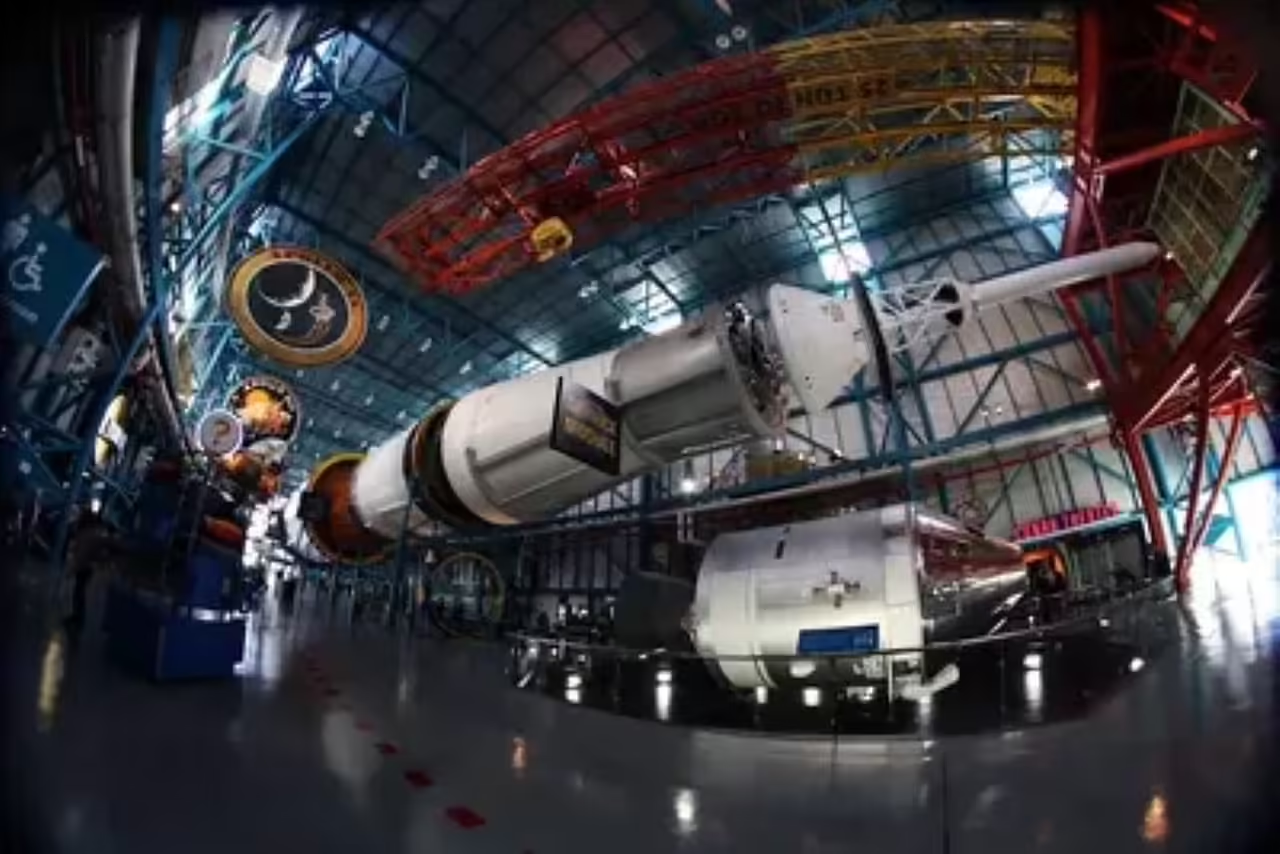
From the primordial oceans to the diversity of life forms we know today, the animal kingdom has undergone a fascinating evolution over millions of years. In this article, we will take a journey through time to explore the origins and appearance of the first animals on Earth.
Life on planet Earth began approximately 3.8 billion years ago in the primitive oceans. For billions of years, microorganisms dominated aquatic ecosystems, but it was around 600 million years ago that a crucial event occurred: the Cambrian explosion.
The Cambrian explosion, which took place about 540 million years ago, marked a great diversification and emergence of complex life forms. In this period, the first multicellular animals with differentiated tissues and specialized organs originated. It was a pivotal moment in evolutionary history, as it laid the foundation for the biological diversity we see today.
One of the first groups of animals to emerge during the Cambrian explosion were the trilobites, marine arthropods that became some of the most successful organisms of the Paleozoic era. These invertebrate creatures, with their segmented bodies and exoskeletons, occupied diverse ecological niches and roamed the oceans for millions of years.
As we moved forward in time, other equally amazing animal groups appeared. Brachiopods, oyster-like bivalve shells, became important filter-feeding animals in marine ecosystems. Archaeocyathids, considered some of the first animals with bilateral symmetry, also made their appearance.
However, it was the chordate group that would later give rise to vertebrates, including fish, reptiles, birds and mammals. Chordates are animals with a characteristic body structure, including a dorsal chord and a postanal tail. One of the earliest known chordate fossils is Pikaia, a small vermiform animal that lived about 530 million years ago.
As the Paleozoic era progressed, land animals began to emerge. Insects were some of the first colonizers of the terrestrial environment, adapting to the challenges of life outside of water. Amphibians also ventured onto land, evolving from aquatic ancestors and developing structures such as lungs and limbs adapted for walking.
Throughout geologic time, animals continued to evolve and adapt to a variety of environments. Reptiles became the rulers of the Mesozoic era, giving way to dinosaurs and, eventually, birds and mammals. The diversification of mammals occurred during the Cenozoic, a geological era spanning from approximately 65 million years ago to the present day, which saw the emergence and expansion of numerous groups of mammals. From small rodents to large marine mammals such as whales, the Earth was filled with an astonishing diversity of life forms.
Today, the diversity of animals is staggering. We have everything from tiny insects to majestic elephants, from colorful birds to fierce predators like lions and tigers. Each species has unique characteristics that have adapted it to its particular environment and lifestyle.
Understanding early animals and their evolution allows us to appreciate the amazing variety of life forms that exist today. Paleontology and other scientific disciplines have unearthed fossils and studied the anatomy and behavior of prehistoric animals, giving us valuable insights into their ancient ecosystems and how they developed over time.
However, there are still many mysteries to be uncovered about the earliest animals and their evolution. Paleontology continues to unearth amazing fossils and expand our knowledge about life in the past. In addition, genetics and molecular biology provide us with new tools to understand the relationship between different species and to trace their ancient lineages.
From marine life to land: The first terrestrial animals
The colonization of the terrestrial environment by living organisms was a momentous event in the history of evolution. From the primordial oceans, the first land animals emerged and adapted to a challenging new environment, paving the way for the diversification of life on land.
The process of transition from marine to terrestrial life occurred in several stages over millions of years. The first organisms that ventured out of the water were probably small and lacked specialized limbs for walking. Some of them belonged to the arthropod group, such as arachnids and myriapods.
Arachnids, which include spiders, scorpions and mites, were some of the first terrestrial animals to colonize ecosystems outside of water. Their chitin-covered bodies and their ability to breathe through specialized organs called lung books allowed them to adapt to terrestrial conditions.
Myriapods, such as centipedes and millipedes, also ventured onto land. These animals have multiple pairs of legs, providing them with the ability to move over land surfaces. Although myriapods are small organisms, their adaptation to terrestrial life was an important milestone in the colonization of terrestrial ecosystems.
However, it was the amphibian group that made one of the most remarkable transitions from aquatic to terrestrial life. Amphibians, which include frogs, toads and salamanders, evolved from aquatic ancestors and developed adaptations to survive in both environments.
Amphibians have unique characteristics that allow them to live both in water and on land. Although they depend on water for reproduction, they evolved lungs to breathe air and limbs adapted for movement on land. Some species even have the ability to breathe through their skin.
Over time, reptiles emerged as the true conquerors of life on land. Reptiles, which include dinosaurs, lizards, snakes and turtles, developed a series of adaptations that allowed them to dominate different terrestrial ecosystems.
The appearance of reptiles marked a significant change in the anatomy and behavior of land animals. They developed structures such as waterproof scales, more efficient lungs and amniotic eggs, which allowed them to colonize a wide variety of terrestrial habitats, from deserts to forests.
From reptiles, an even greater diversification of terrestrial animals took place. Mammals evolved from reptilian ancestors and adapted to different ecological niches. Early mammals were small and nocturnal, but over time, some of them evolved into larger and more diverse creatures, occupying a wide range of ecological niches.
Over time, mammals became the dominant animals in many terrestrial ecosystems. They developed features such as fur for insulation and temperature regulation, as well as mammary glands to feed their young with milk. These adaptations gave them a competitive advantage in breeding and survival of their offspring.
In addition to mammals, birds also arose from reptiles and developed specialized adaptations for life on land. Birds, with their wings and feathers, achieved the ability to fly, which allowed them to explore and colonize diverse terrestrial habitats, including mountainous areas, deserts and forests.
The transition from marine life to land represented a fundamental milestone in the evolutionary history of life on Earth. Organisms that ventured out of the water faced unique challenges, such as the need to breathe air, stay hydrated, and move on land surfaces. Through adaptations and evolutionary changes, animals were able to overcome these challenges and successfully colonize land.
The study of early terrestrial animals is crucial for understanding the diversity and complexity of modern terrestrial ecosystems. It also helps us to better understand how organisms adapt and evolve in response to environmental changes, which is relevant to understanding the current challenges facing biodiversity due to climate change and habitat degradation.
The Cambrian Explosion: The rise of animal biodiversity
The Cambrian explosion is one of the most astonishing events in Earth’s evolutionary history. During this period, which took place approximately 540 million years ago, there was a rapid and diversified emergence of animal life forms in the oceans, laying the foundation for the biodiversity we see today.
Prior to the Cambrian explosion, life on Earth was dominated mainly by single-celled organisms and simple life forms. However, during this period, a dramatic change occurred. Complex and diverse multicellular organisms with a wide variety of structures and characteristics appeared for the first time.
This explosion of animal biodiversity was an unprecedented event in the history of our planet. It is estimated that the number of animal species multiplied dramatically in a short period of time, leading to the appearance of almost all the major animal groups we know today.
The Cambrian explosion led to the appearance of animals with segmented bodies, hard skeletons, jointed appendages and complex eyes, among other distinctive features. Arthropods, mollusks, echinoderms and primitive chordates emerged, among other important groups.
The exact cause of the Cambrian explosion is still a matter of debate among scientists, but several theories have been proposed. Some hypotheses suggest that changes in the environment, such as increased oxygen levels and the availability of new food resources, may have been key factors in triggering this animal diversification.
In addition, it is believed that the evolution of genetic and molecular mechanisms that allowed for greater complexity and diversity of body structures, as well as the evolution of more sophisticated defense and predation systems, also played an important role in the Cambrian explosion.
The Cambrian explosion was a transformative event that resulted in an explosion of animal life forms and laid the foundation for the biodiversity that exists today. The diversification and development of new animal groups and structures laid the foundation for the subsequent evolution of animals in the following geological periods.
Similarly, the Cambrian explosion also had a significant impact on the evolution of ecosystems. The emergence of new predators and prey, as well as the diversification of feeding strategies and habitats, contributed to the formation of complex food webs and the occupation of ecological niches.
Pioneer species: The first representatives of the major animal groups
During the Cambrian explosion, the emergence and diversification of the first representatives of the major animal groups we know today took place. These groups, also known as phyla, laid the foundations for the diversity and complexity of animal life on Earth. Below, we will present some of the earliest representatives of these groups.
Arthropods: Arthropods are the most diverse and numerous group of animals today, and include insects, spiders, crustaceans and myriapods. During the Cambrian explosion, the first arthropods emerged, such as trilobites, which had segmented bodies and jointed appendages. Trilobites were one of the most successful life forms during that time and diversified into a wide variety of shapes and sizes.
Mollusks: Mollusks are another diverse animal group that includes snails, octopuses, squids and clams. During the Cambrian explosion, the first mollusks, such as brachiopods and bivalves, appeared. Brachiopods had a bivalve shell and a structure similar to that of clams, while bivalves had two shells joined by a hinge.
Echinoderms: Echinoderms include starfish, sea urchins, sea lilies and sea cucumbers. During the Cambrian explosion, the first echinoderms, such as crinoids and echinoids, developed. Crinoids, also known as sea lilies, had feather-like structures and were attached to the seafloor by a stalk. Echinoids, like sea urchins, had a spiny structure and radial symmetry.
Chordates: Chordates are the group to which we humans belong and also includes fish, amphibians, reptiles, birds and mammals. During the Cambrian explosion, the first primitive chordates emerged, such as hemichordates and jawless chordates. These animals had a dorsal nerve cord structure, which is a distinctive feature of chordates.







